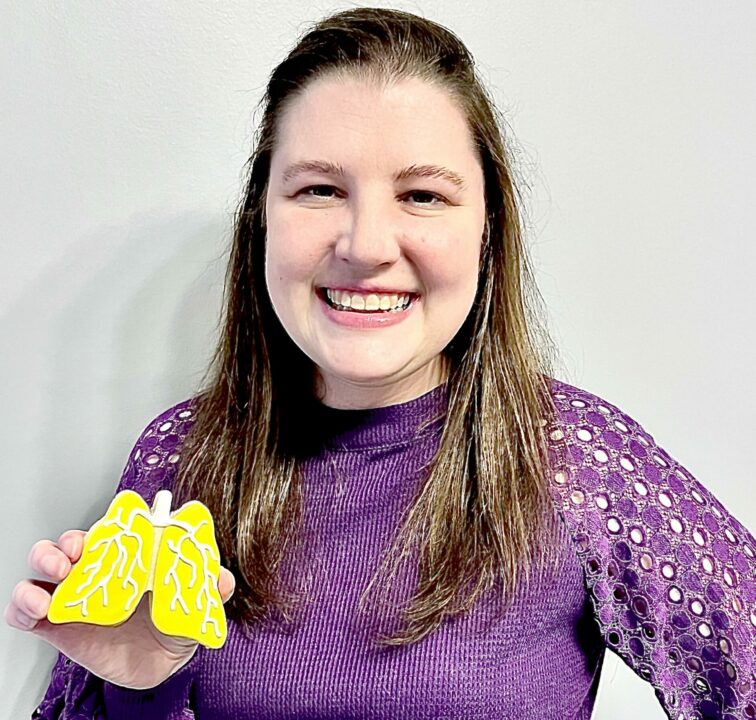Authored by Guidemark Health, now part of Lumanity
For many years, those of us within the oncology community screamed that “it’s all about the clinical data,” and for many years that was the focus…data, data, and more data.
What was interesting about this year’s ASCO hallway discussions with KOLs, patient advocates, and industry friends was the noticeable shift in the context and conversations surrounding the release of new data. Maybe this is because we live in a world where on-demand access is table stakes. Possibly, it’s due to the acceleration of scientific discovery and innovative, first-in-class targets quickly proving out their clinical viability, or perhaps the deployment of AI techniques to help solve the most complex scientific challenges. Whatever the reason for this shift, there are a few themes I took away from the ASCO 2019 meeting.
Trends to watch from ASCO
- Patients are the key
First, it starts with the patient. We should never lose focus that patient-centered care is at the core of everything we do. That said, the patient voice and appreciation of the value of the information that an individual with cancer holds took center stage across many ASCO discussions. From understanding hereditary risk, to early detection, to genetic signature, to better understanding how a specific disease in a specific individual will respond to certain treatments…it’s all about personal data and information. - Real world evidence
Translating this concept one step further, there was a lot of buzz in the halls at this year’s meeting about the importance of real world evidence. Physicians have forever been interested in knowing how to translate clinical trial information into real-world practice, but this year the topic took prominence when Flatiron presented EHR data that showed huge gaps in clinical practice versus evidence-based guideline recommendations. An important application for real world data is the potential for new indications. Pfizer’s breast cancer drug Ibrance recently received an additional FDA approval to treat men with breast cancer, based mainly on real world evidence. This is just one example of how real world evidence can help accelerate drug approvals, especially in distinctly different populations. - Differentiation and competition
Then there’s the ongoing challenge of comparing and contrasting multiple drugs in the same class—with many pipelines filled with similar therapies. Shockingly, there are more than 1000 CAR-T or cell therapies now in development, with about half targeting one specific target, CD-19. How do you stand out from the pack?
While clinical data is one way to differentiate, many companies are beginning the process of differentiation at earlier stages, looking at pharmacologic structure as the starting point. Other areas such as clinical trial design, patient populations, and genetic markers get more into exploring the clinical aspects of how a drug performs versus its structure.
Finally, some companies are taking a hard look at their “wrap-around” support programs and dialing up practical and other patient-driven services as part of the overall value a brand brings to patients and caregivers. Sophisticated marketers are trying to understand the patient journey to create seamless experiences with clear rules of engagement and more streamlined physician/nurse and caregiver communication to provide full-service patient support.
Patients want brands that prove that you “get them.” In terms of the HCP, telling physicians that your product is different is no longer sufficient to gain acceptance. Marketers must demonstrate and prove that their brand is different in order to stand out, build confidence, and ultimately change treatment decisions that shift business.
In closing, it was an exciting and exhilarating meeting, loaded with great interactions and fueled by science, driven by passion for patient care and, of course, lots and lots of coffee. I have never seen such an explosion of new molecular targets, greater treatment options, and more focus on sub-segments of populations to understand and more effectively treat cancer—it’s both exciting and a bit overwhelming. Large cancer markets like lung and breast are being carved into smaller segments and populations that better characterize diseases and, more importantly, proactively identify who will benefit from what therapies. From a communication perspective, the conversation is shifting from “you have lung cancer” to “you have EGFR+, ALK+ lung cancer,” and because of this we can tailor therapeutic decisions to be most effective. There is a huge shift in understanding both the disease as well as the benefits to certain treatments on an individualized level before presenting a therapy.
This is an incredibly exciting time for communication experts who choose to provide greater value to the oncology community.








